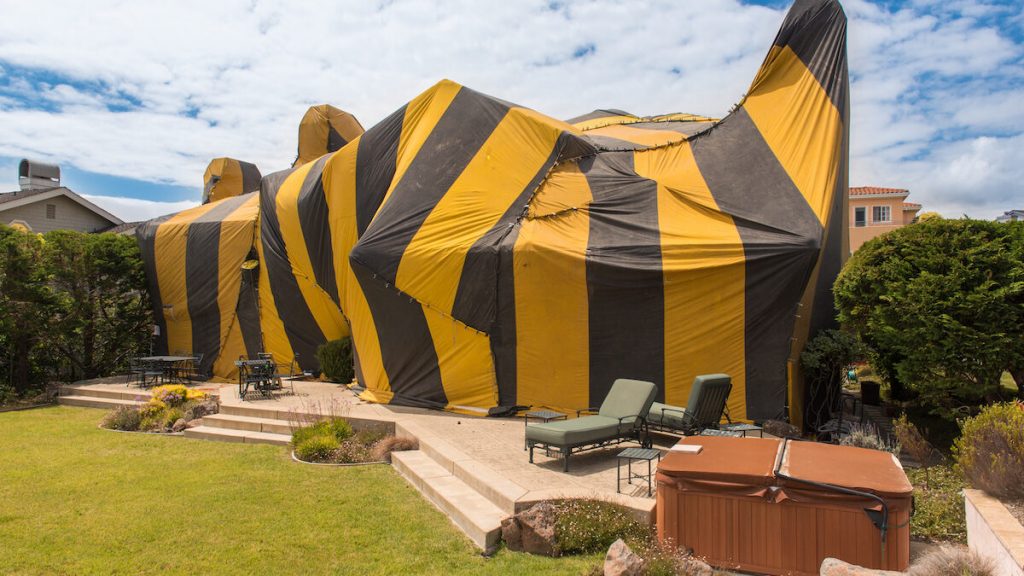Termites are small insects that live in colonies and feed on wood and other materials that contain cellulose. They are some of the most destructive pests and can cause significant damage to homes and other structures. There are several types of termites, including drywood, subterranean, and Formosan. Tenting for termites is a common form of termite control that involves the use of gas to kill the insects. In this article, we will explore the benefits of professional termite control, including tenting for termites, and why it may be necessary.
Does Tenting for Termites Work?
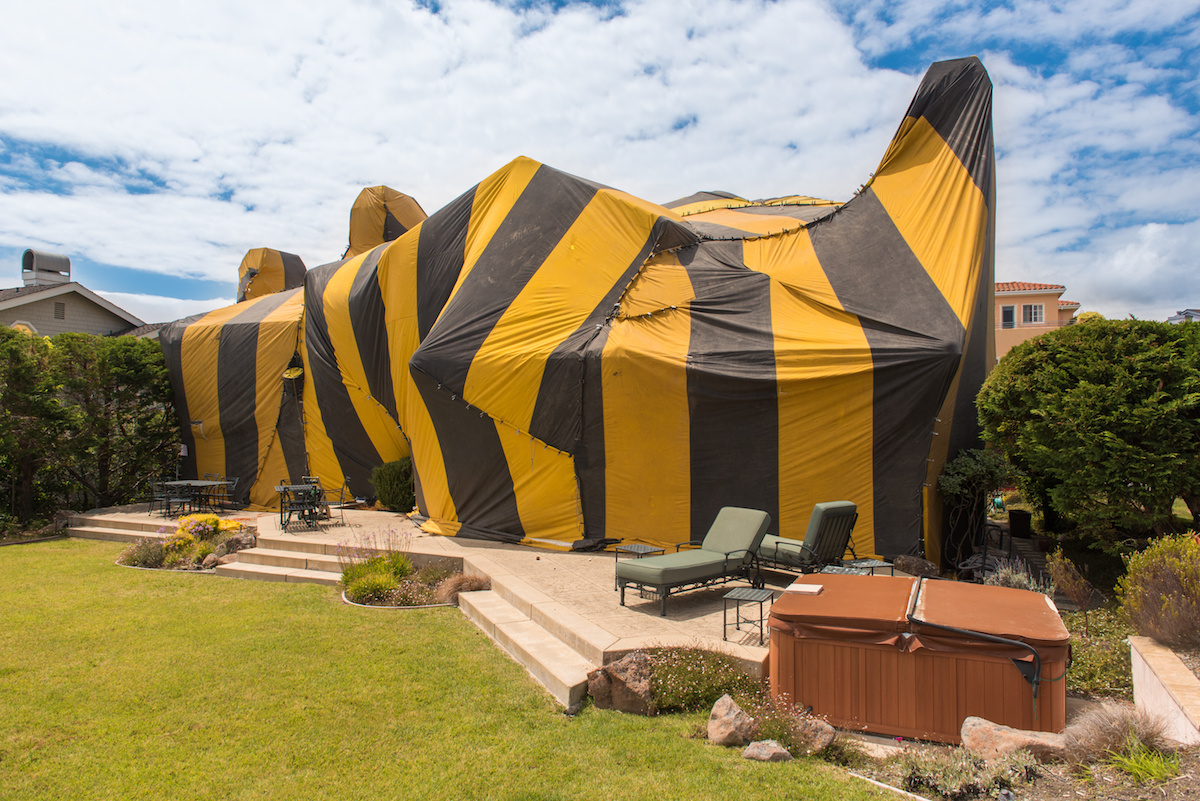
What is Tenting?
Tenting, also known as fumigation, is a pest control method that involves pumping a tent full of a toxic gas to eradicate termites and other pests. This tent is then sealed and the gas is left to fumigate the area, killing all of the pests inside. The most common gas used is sulfuryl fluoride, which is odorless and colorless.
Pros and Cons
Tenting for termites can be an effective way to rid a structure of pests, but it is not without drawbacks. On the plus side, tenting is a fast and efficient method to eliminate entire colonies of termites. It does not require any digging or disruption to the structure, and it can be done without having to enter the building. However, tenting comes with its own set of risks. The gas used can be hazardous to humans and animals, and the tenting process can be costly. It also requires the homeowner to be out of the home while the tenting is taking place, which can be a major inconvenience.
Tenting in Florida

Tenting for termites is a necessary practice in the state of Florida. This is because the climate is warm and humid, creating ideal conditions for the growth of termites. Tenting involves the fumigation of an entire structure to eradicate a termite infestation. It is the most effective way to ensure that all of the termites are eliminated.
Tenting in California
In California, tenting is also an important part of pest control. The climate in the state is conducive to the growth of termites, and other pests as well. Tenting is an effective way to rid a structure of a termite infestation. It is also important to note that California has some of the strictest regulations when it comes to tenting for termites.
Tenting in Texas
Tenting for termites is also a common practice in Texas. The climate in the state is warm and humid, making it a prime area for termites to thrive. Tenting is the most effective way to eliminate a termite infestation. It is also important to note that Texas has some of the most stringent regulations when it comes to tenting for termites.
Alternatives to Tenting
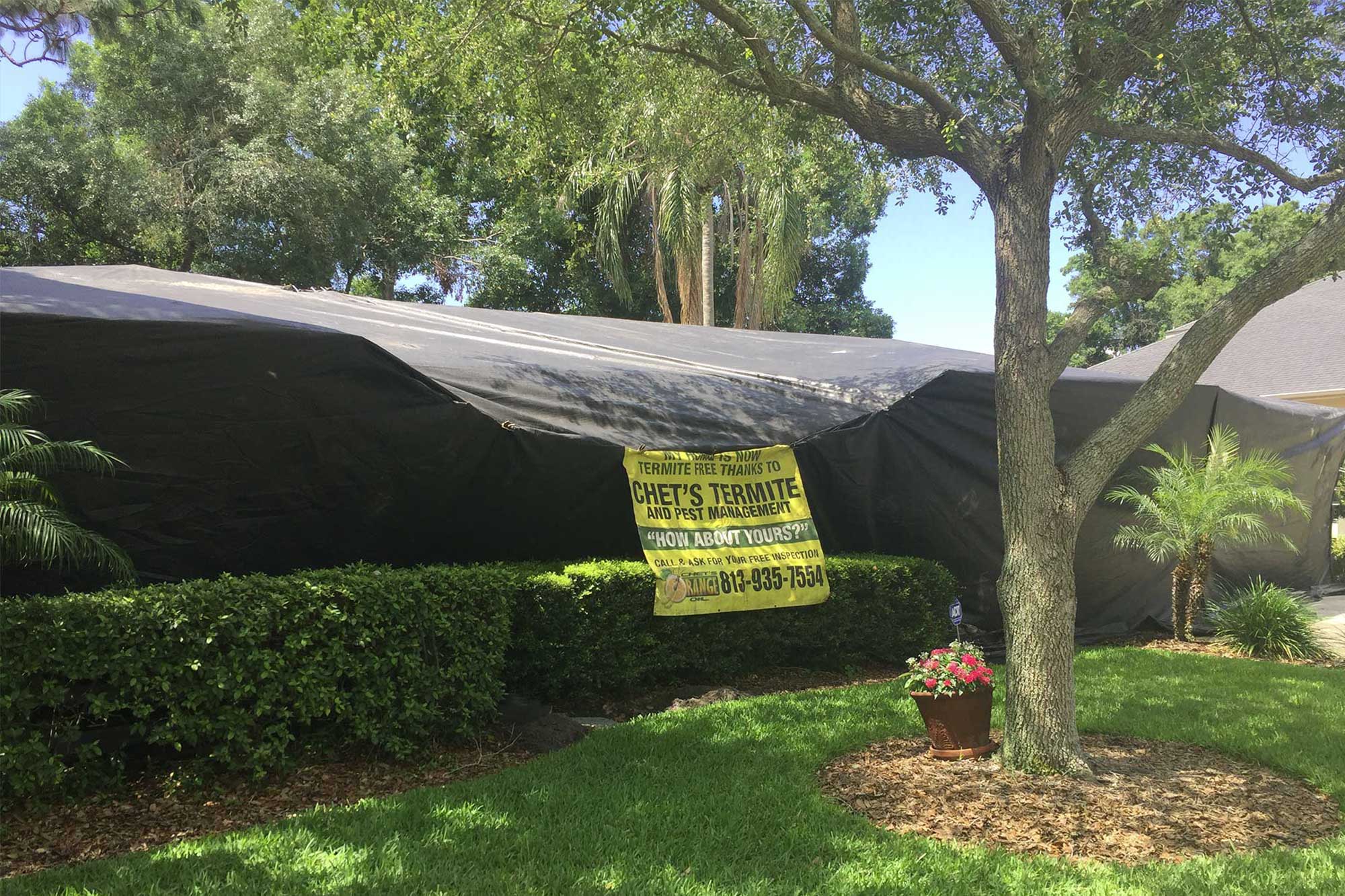
Termite tenting is not the only treatment option available for termite control. There are several other alternatives that may be used to manage an infestation. These include baiting, spot treatments, and spray treatments.
Baiting involves placing wood or cellulose-based bait stations around the perimeter of a home or structure. These stations are filled with a slow-acting termiticide that is attractive to termites. The stations are checked periodically and re-baited as needed.
Spot treatments involve directly applying termiticides to areas where termites are actively foraging. This is a great option for localized infestations as it does not require the use of tents.
Spray treatments are similar to spot treatments, but involve using a tank sprayer to apply termiticide to the entire structure. This is a great option for large infestations and can be used in conjunction with baiting and spot treatments.
In some cases, a combination of treatments may be the best option for managing a termite infestation. It is important to consult a professional pest control company to determine the best solution for your particular situation.
1 Heat Treatment
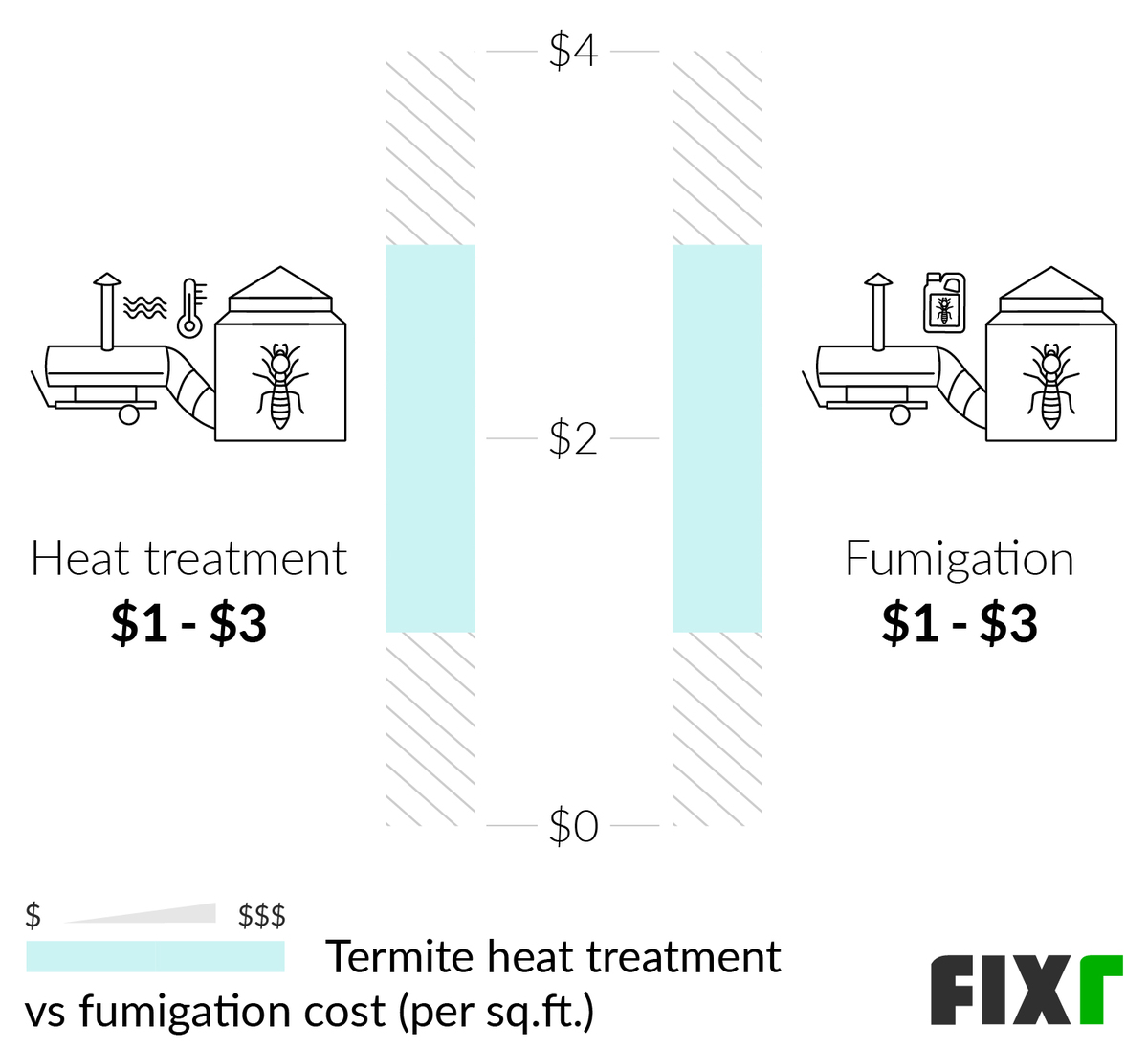
Heat treatment is a control technique used to eliminate termites in a single area. Heat is applied to the infested area, usually through the use of heated air. This heats the area to a temperature of between 55-60°C, killing the termites and their eggs.
| Benefits | Drawbacks |
|---|---|
| Non-toxic | Expensive |
| Quick and effective | Will not eliminate colonies in other areas |
2 Bait Stations
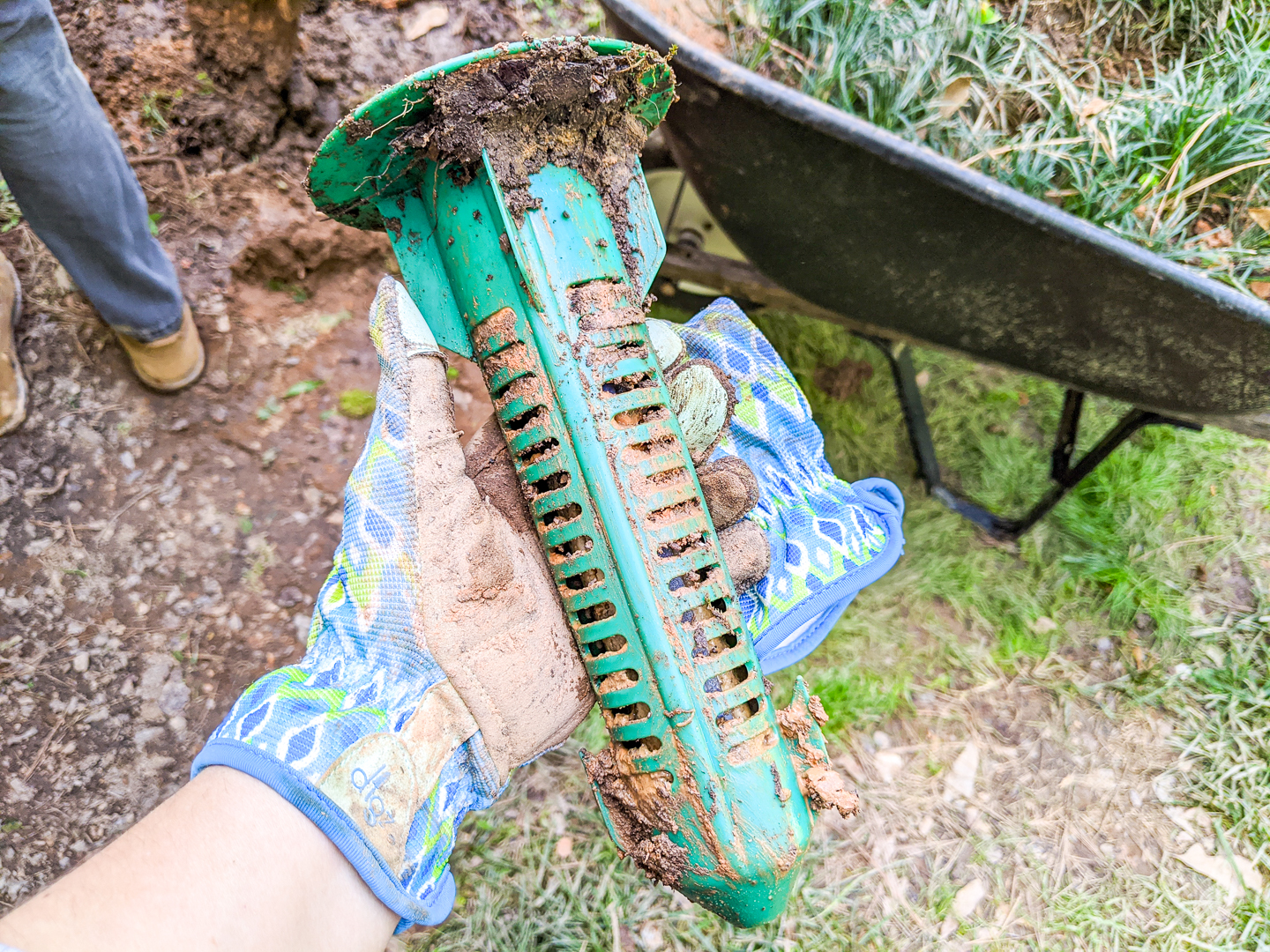
Bait stations are one of the most effective ways to monitor and control termite populations in an area. Bait stations are placed in the ground around the perimeter of the home or other structure to create a barrier between the termites and the structure. The bait station contains a food source that attracts the termites, which then feed on the bait and die. Bait stations are checked regularly to determine if the termites are present and if the bait needs to be replenished. This method of termite control is an effective way to protect a structure from termite damage without the need for tenting.
3 Fumigation
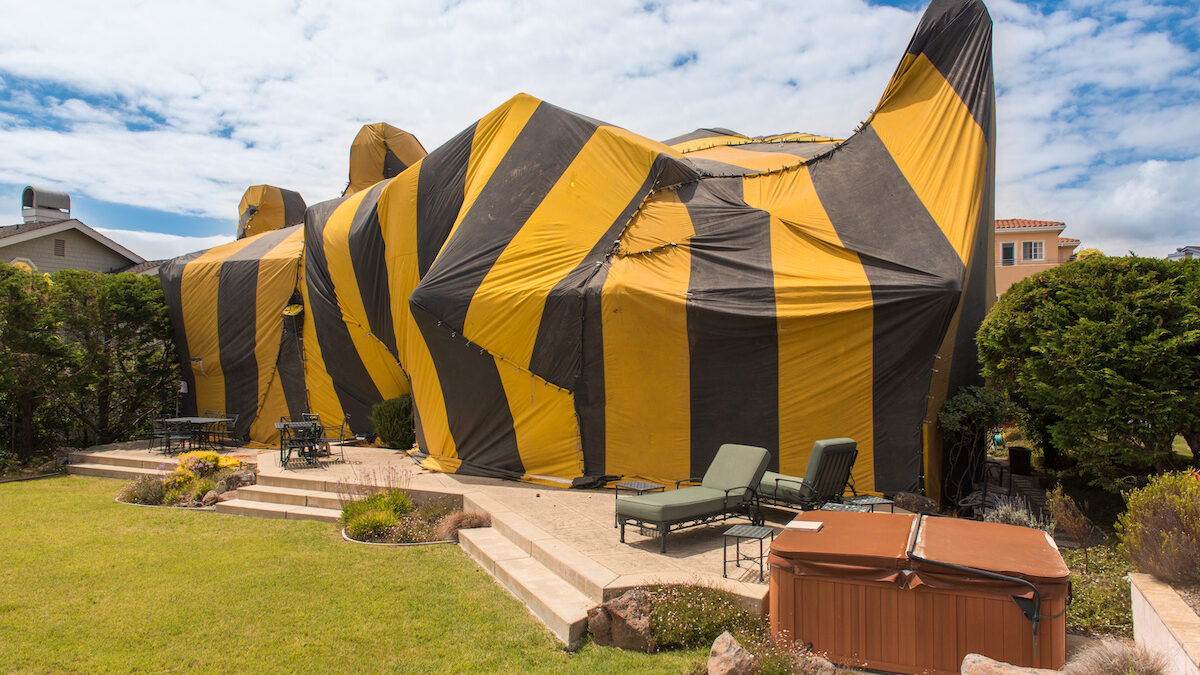
| Type | Description |
|---|---|
| Sulfuryl Fluoride | The most commonly used gas for fumigation, usually used in larger structures like multi-story buildings and warehouses. |
| Methyl Bromide | The most commonly used gas for outdoor fumigation, usually used in treating soil for termites. |
| Hydrogen Cyanide | The most toxic of the common fumigation gases, often used in closed areas or in cases where other gases are ineffective. |
Fumigation is a method of pest control that involves releasing a gas into an enclosed area to kill insects and other pests. It is usually used for more severe infestations, and it is often used in conjunction with other methods of pest control. Common fumigation gases used for termite control include sulfuryl fluoride, methyl bromide, and hydrogen cyanide.
4 Non-Chemical Measures

- Physical Barriers: Placing physical barriers around infested structures can prevent termites from gaining access. Such barriers can include metal sheeting and fine mesh.
- Eliminating Moisture: Removing sources of moisture, such as standing water and leaking pipes, can reduce the number of termites in an area.
- Removing Food Sources: Removing wood, cardboard and other materials that termites feed on can reduce their presence.
- Cultural Control: Planting certain plants and trees can deter termites from infesting an area.
Cost Considerations
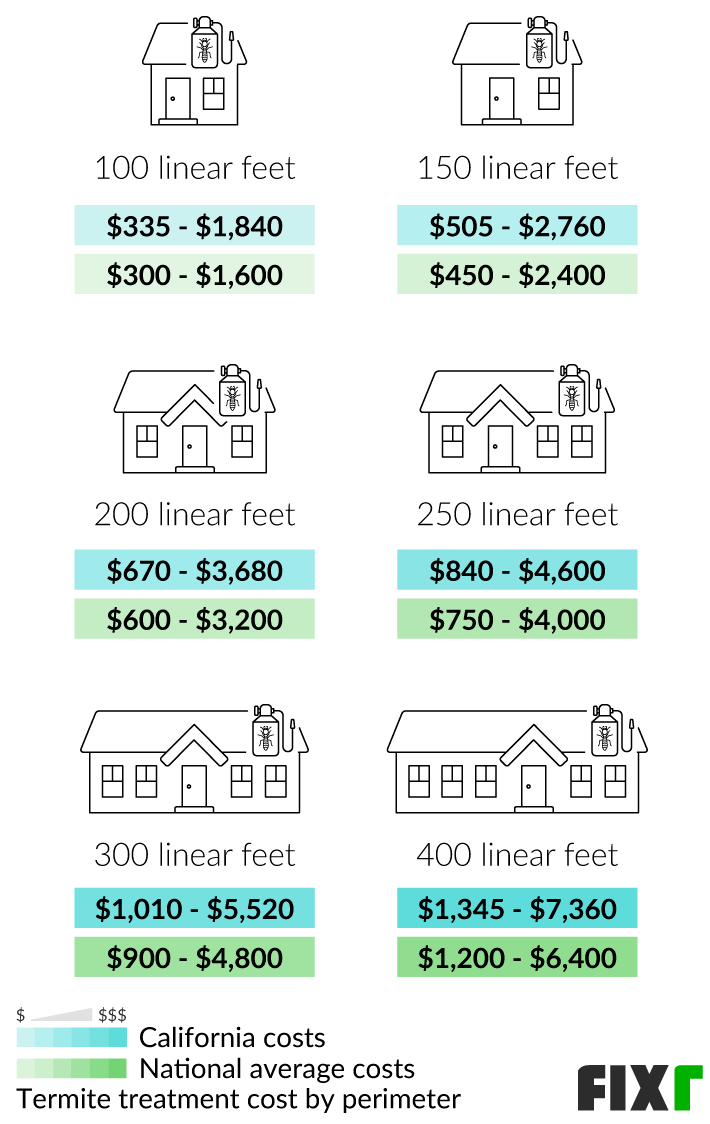
| Option | Cost |
|---|---|
| Tenting for termites | $1,000 to $2,000 |
| Non-tenting alternative | $150 to $400 |
Tenting for termites can cost from $1,000 to $2,000, depending on the size of the structure. Alternatives to tenting, such as spot treatments, baiting systems, or chemical barriers, can cost anywhere from $150 to $400. While tenting is the most effective method of termite control, it may not be the most cost-effective.
Environmental Impact
Tenting for termites requires the use of chemical pesticides, which can have a negative impact on the environment. Pesticides can be toxic to beneficial organisms, such as bees and other insects, as well as birds and other wildlife. Additionally, when pesticides are released into the environment, they can contaminate groundwater and drinking water supplies.
The chemicals used in tenting for termites can also remain in the environment for long periods of time, and can be absorbed into soil and plants. This can lead to contamination of food sources, and can affect the health of humans and animals.
| Consequences of Tenting for Termites | Environmental Impact |
|---|---|
| Toxic to beneficial organisms | Contaminates groundwater and drinking water supplies |
| Remains in the environment for long periods of time | Can be absorbed into soil and plants |
| Contamination of food sources | Affects the health of humans and animals |
Health Considerations
- Tenting for termites involves using a fumigant pesticide to treat the entire structure.
- People and pets must be removed from the structure for at least 24 hours during and after the fumigation.
- Fumigation can cause respiratory irritation and other health effects.
- It is important to follow the instructions provided to you by the pest control company to ensure your safety.
- You should also be aware of the potential long-term health effects of fumigation.
Frequently Asked Questions
Is Tenting for Termites Necessary in Florida?
Tenting for termites is a common practice in Florida due to the high prevalence of termite infestations. The process involves fumigating a structure with a gas-based pesticide to eliminate the termites within. This is a costly process, but it is often recommended by pest control professionals as the most effective way to eradicate a termite infestation. The cost of tenting may vary depending on the size of the structure and the severity of the infestation. Additionally, the cost of tenting may be higher in certain parts of Florida due to the presence of a particular species of termite. For this reason, it is important for homeowners to consult with a qualified pest control professional to determine whether tenting is necessary for their particular situation.
What are the benefits of professional termite control?
Professional termite control provides a comprehensive solution to a termite infestation. It includes a thorough inspection to identify the extent of the infestation, followed by the implementation of a comprehensive treatment plan. This plan includes the use of specialized chemicals and baits, and may also include structural modifications to reduce the likelihood of future infestations. Professional termite control can also provide advice on preventative measures that can be taken to reduce the risk of future infestations.
What are the risks of not tenting for termites?
Failing to tent a home for termites can lead to extensive damage, not only to the foundation of the building but also to the furniture and other items inside. Termites can cause irreparable damage, as they feed on wood, paper and other materials. Left unchecked, termites can cause entire structures to collapse. The cost of repairing this damage can be significant. Additionally, if not treated properly, termites can quickly spread to other buildings nearby, causing even more damage.
How much does professional termite control cost?
Professional termite control costs vary depending on the size of the infestation, the type of treatment and the company being used. Generally, prices range from $500 to $1,500 for a single treatment. Multiple treatments may be necessary, depending on the extent of the infestation.
What are the signs of termite infestation?
Termite infestation can be identified by the presence of mud tubes, wood that sounds hollow when tapped, and wood that appears to be damaged or eroded. Other signs include wings shed by swarmers and piles of droppings near wood surfaces. If a homeowner notices any of these signs, they should seek professional pest control services as soon as possible.
Conclusion
Tenting for termites is a necessary step in many cases, but professional termite control offers a variety of benefits that can save time, money, and protect your home from further damage. Professional treatments can not only target existing infestations but can also help prevent future infestations and help maintain the integrity of your home. Professional termite control is the best option for protecting your home from termites.

